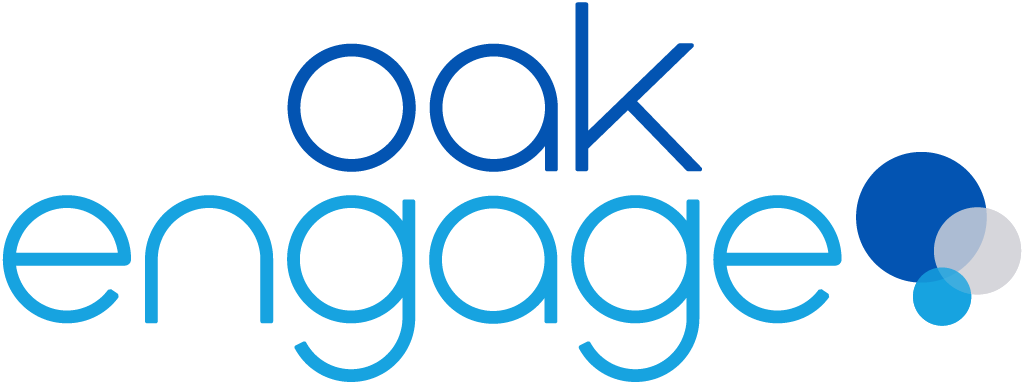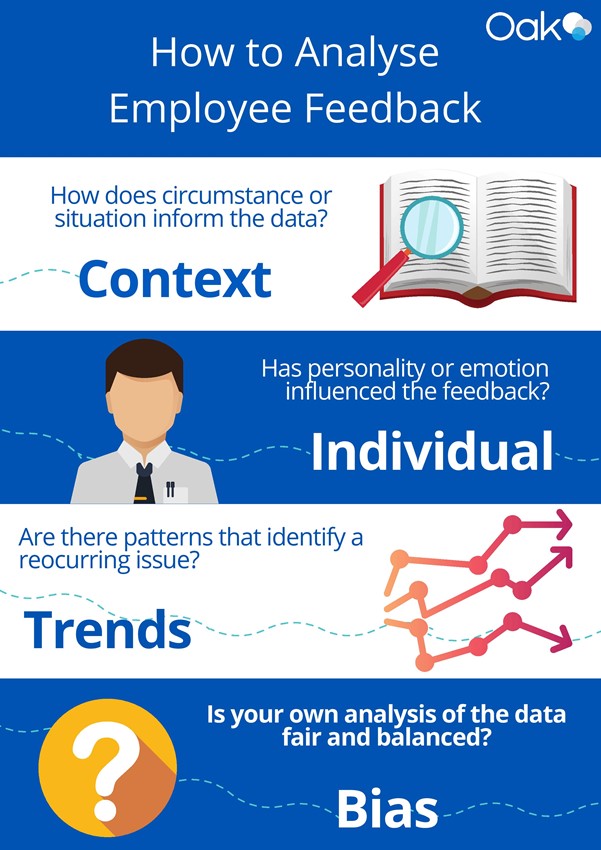Employee Feedback: The Power of Listening
Employee feedback is one of the most powerful tools within any company’s arsenal. Whether its potential is harnessed, or even realised, however, is another matter entirely. When used effectively, employee feedback can help businesses adapt, solve problems and express extreme agility in the face of adversity.
All too often, though, businesses across the world neglect those that make them what they are. Whilst this neglect towards their employees may not be overt, the subtle dismissal of their opinions and commentary can prove detrimental not only to the employees, but the business as a whole. By the omission of employee feedback from any ongoing business plan, businesses deprive themselves of a lifeline of valuable and actionable information.
Turning to your people – especially those in specialised positions – allows businesses to provide more holistic and comprehensive solutions to technical problems that may arise. Whilst extremely valuable, senior leadership rarely possess all the skills and experience necessary to address specific difficulties faced by specialised members of their team on a day-to-day-basis.
As you already know, employees are the secret sauce to the success of any company - without exception. It makes sense then, that those businesses that value progression and expansion would lend their ears to the people who helped them get to where they are. So, how exactly are modern companies using feedback to their advantage?
Employee Feedback Loops
Feedback loops are effective way of making sure that your business and employees are consistently performing to the best of their ability.
Whilst annual performance reviews have their place, feedback loops are fast establishing themselves as the preferred method of face-to-face employee consultation. Through feedback loops employees can receive consistent, constructive feedback.
1) Collecting Information: The Listening Stage
During the first stage of the feedback loop, information is gathered from employees to determine what (if any) improvements or changes need to be made. During this period it’s important to encourage an open and transparent environment in which honest feedback is valued.
All too often, staff with valuable contributions end up sticking their heads in the sand for fear of negative backlash. It’s important that businesses give staff the support they need in order to feel comfortable when voicing their opinion. Otherwise, your feedback loop will be set up for failure before it's even begun.
Once trust is established, it’s critical that feedback loops are more than just empty words between colleagues. Managers should be prepared to address difficult situations that come to light. It’s what keeps the businesses productive and ahead of the competition.
2) Interpretation and Analysis: Looking under the hood
Now you’ve gathered the feedback, it’s time to study it in depth. Interpreting the data is a key part of any ongoing feedback process. It’s the crucial link between identifying a problem and resolving it.
Whilst it can feel like piecing together a vague and mismatched puzzle, once the pieces start to come together, it can be prove exceptionally rewarding. Interpreting the information critically is key.
It may be possible that you have to read between the lines and understand the context of the information provided. In instances like this, it can often be beneficial to rely on a set process to remind you of the what you’re trying to achieve with your analysis. CITY, for example is just one of many handy acronyms that can help remind you to analyse the data objectively, fairly and efficiently.
Context: How does the context of any given situation inform their feedback
Individual: The individual’s personality or circumstances may also dictate their feedback
Trends: Analysing data for trends helps you to identify where problems are reoccurring or more prevalent
Yourself: Remember to remain objective and keep personal opinion checked at the door. It will only prove detrimental to the accuracy of the data at hand.
3) Address and resolve: Time for action
Acting upon your research and determining a specific set of actions to resolve the problems at hand is the next step in the process. With the information you have at your disposal you are now better placed to accurate and decisive decisions.
Acknowledge problems, make a plan of action and look to resolve problems in an orchestrated and purposeful manner. You’ve already done the hard part, now you just need to follow through.
4) Notification: Transparency
What’s the point in change, if people aren’t aware that it’s happening? Communication is a vital part of the feedback process, so don’t let it fall flat at the last hurdle.
Communicating change is great way of letting your team that you have taken their feedback on board and that you are actively implementing change because of it. It will make them feel valued and that their contributions are an effective part of making the company work better as a whole. Which of course, it does.
Pulse Surveys
Pulse Surveys are versatile tools that allow businesses to gather insightful data from their employees quickly and efficiently. They provide employers the opportunity to ask questions and measure satisfaction and engagement without the need for multiple convoluted email trails.
Designed to extract actionable, human data, Pulse Surveys are widely used as a means to gauge opinion, provide general feedback or submit a rating.
They provide employees with the opportunity to share their honest feedback, either named or anonymously, allowing those in leadership positions to identify any areas of success or concern. Any answers or suggestions they may have, can form the basis of the next project or initiative of the company.
Whilst all information you gather is data to some degree, the information that you get from a pulse survey can be much more insightful. In fact, when it comes to gathering employee feedback, qualitative data can be key to finding real actionable resolutions.
When it comes to understanding your employees needs and requirements, qualitative data (i.e. detailed information over numbers) trumps quantitative data every time. The reason? Qualitative data provides a much richer insight than a number, which isn’t much more than a one-dimensional reply.
Exit Interviews
Just because somebody is moving on from a company, doesn’t mean that their opinion is no longer invalid. In fact, people that are leaving may be able to provide the most constructive feedback from a business, helping them to realise their most fundamental failings, as well as their successes.
Not only is this an opportunity for the employee to reflect on their performance but it’s also an opportune chance for leadership to assess their performance. After all, it’s a two-way street.
Feedback should extend to management and all other upper echelons of a business. It’s important to acknowledge any feedback, regardless of who it's aimed at. After all, it could be what’s holding the business back as a whole. A team is only as good as their leader. Self-reflection is an extremely valuable exercise and holding the mirror back on the company can be an effective way of identifying any internal problems that weren’t initially apparent.
Summary
Feedback allows businesses to be extremely adaptable in their day to day approach to work. It’s generally one of the most underrated and underutilised methods of problem solving in the modern workplace.
Those that embrace a holistic, comprehensive overview of their business are more likely to have engaged and more adaptable employees.
Including all parties in the process of giving and receiving feedback creates a more open work culture that facilitates constructive growth and progress. Can you afford not to listen?
Want to see more?
Get a demo with one of our digital workplace experts and see how Oak could work for you.




